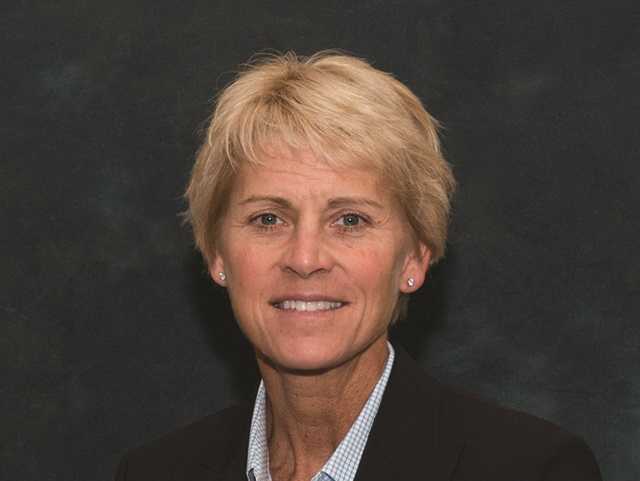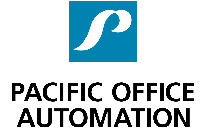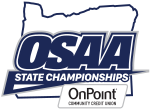
The popularity of sports and performing arts in our nation’s schools has been a constant as long as we can remember, but the COVID-19 pandemic has made even more people aware of the importance of these programs to our nation’s youth.
In those states that have started sports the past few weeks, the reports have been encouraging. While individuals on some teams have been sidelined, there have been few, if any, reported cases of virus outbreaks related to teams competing against other teams.
Meanwhile, there are some states where competition in fall sports of football, soccer, volleyball and field hockey has been delayed (see Sports Modifications Map) because of COVID-19 concerns. In some of these states, players and parents are asking for a reconsideration of these decisions because of their desire to compete in sports, music, speech or other activities.
Why is there such a strong desire to compete in education-based sports and performing arts? We suggest it is strongly related to what we call these programs.
Education-based athletics and other activity programs often have been referred to as extracurricular activities. Since sports and other activities occur after school, are not required for all students and typically do not assign a grade as a part of the regular curriculum, they have been viewed by some people as “extra” or additional activities.
As a result, the perception may be that involvement in these programs is not connected to the learning and education of the classroom, which is absolutely not the case.
We suggest it is time to call these programs what they are – cocurricular activities. At times, extracurricular and cocurricular have been used interchangeably when, in fact, they are not synonymous terms. Is it really that important how we refer to these programs? We believe the answer is decidedly “yes” as the term “cocurricular” makes a huge difference in connecting activities to the classroom and supporting the concept of education-based activities.
Cocurricular programs are activities sponsored by a school that are not a part of the academic curriculum but are acknowledged to be essential to the overall learning process in a school. While athletics and the performing arts of music, speech and debate, and theatre are the most common cocurricular activities, other programs offered by state associations include academic competition, journalism, robotics, chess, visual arts and esports, among many others.
The concept of cocurricular programs is that learning takes place throughout the day – from the classroom to the athletic field or music rehearsal hall. Similar to teachers who influence learning in the classroom, coaches of sports or debate teams can influence learning through sports and activities. In cocurricular activities, students have one overall learning experience. And perhaps most importantly, what students do not learn in the classroom, they learn on stage or in gymnasiums.
Completing the educational process through activities, students learn teamwork, fair play, self-discipline, self-confidence and how to handle competitive situations. These activities also promote mental health and emotional wellness, which is so important during the COVID-19 pandemic when students have been separated from teammates and competition.
Lastly, while learning academic subjects such as English, math and science is extremely important for all young people, participation in activities is also key to predicting success later in life.
As school districts continue to make decisions about whether to conduct in-person or virtual classroom learning, a recognition that athletics and other activities are a crucial part of the overall education process is just as important. Students need these cocurricular activities as much as they need the core subjects taught in the classroom.
In whatever manner that can be conducted safely during the health crisis, cocurricular activities should be a high priority in our nation’s schools.
Dr. Karissa L. Niehoff is starting her third year as executive director of the National Federation of State High School Associations (NFHS) in Indianapolis, Indiana. She is the first female to head the national leadership organization for high school athletics and performing arts activities and the sixth full-time executive director of the NFHS, which celebrated its 100th year of service during the 2018-19 school year. She previously was executive director of the Connecticut Association of Schools-Connecticut Interscholastic Athletic Conference for seven years.








